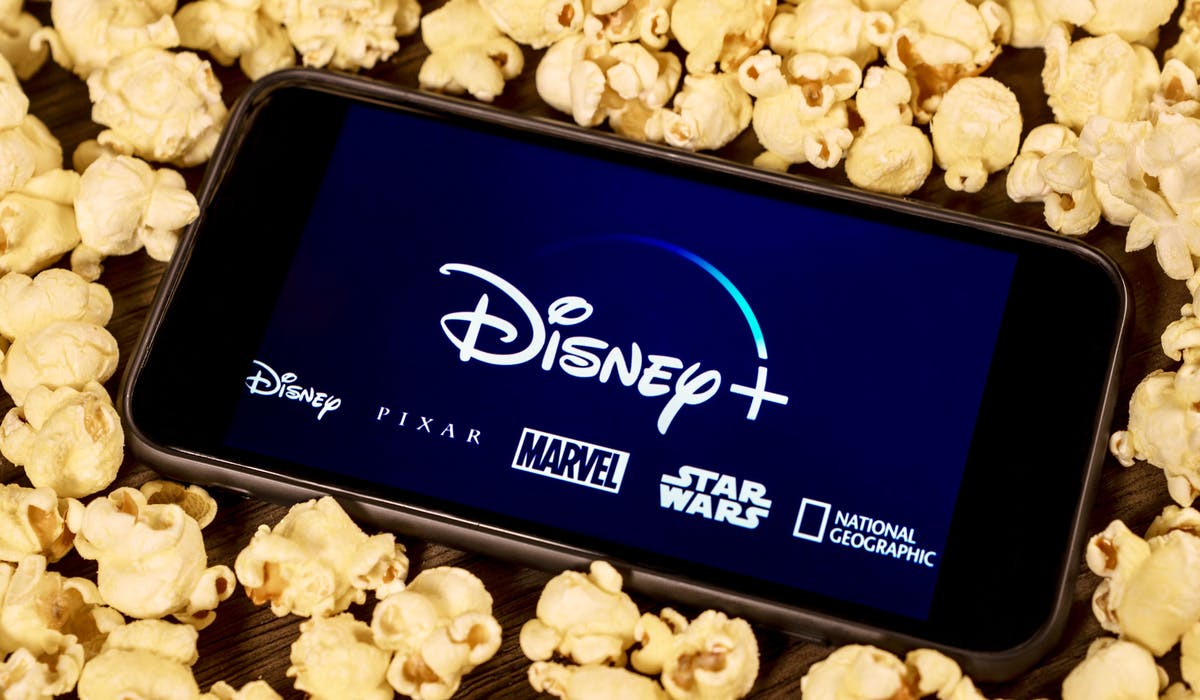
Disney CEO Reveals Game-Changing Strategy to Optimize Marketing Spend on Disney+

Disney CEO acknowledges the struggle to match Netflix's marketing spend balance for Disney+
Source: Shutterstock
Disney’s CEO has admitted the company is yet to strike the right “balance” on its marketing spend behind its streaming services.
CEO Bob Iger mentioned during an investor call on August 9th that the company has not yet achieved the necessary balance between cost savings, pricing, and marketing expenditure. In addition to the Disney+ streaming service launched in 2019, the company also owns other direct-to-consumer streaming platforms like Hulu and ESPN+.
During Disney's quarter three earnings call, an investor pointed out to Iger that the margins on Disney's DTC portfolio are significantly lower compared to Netflix's margins at a similar revenue level. In response, Iger acknowledged that Disney would appreciate having the same level of margins as Netflix.
Disney's DTC efforts are relatively younger compared to Netflix, which has been streaming since 2007. Disney's CEO, Iger, acknowledged that Netflix has successfully mastered the art of balancing investments in programming, pricing strategy, and marketing. However, he also admitted that there is room for improvement in these areas for Disney.
In May, Iger acknowledged that the company had been insufficiently promoting its "big tentpole movies" when they were released on its streaming services, resulting in spread-out marketing costs. He emphasized that these films are crucial for attracting subscribers and proposed a shift in marketing funds to effectively promote them, while reducing spending on programming that does not contribute to subscriber growth.
Not all markets are created equal.
Bob Iger, Disney
In the most recent quarter, which ended on 1st July 2023, Disney+ witnessed a 1% growth in the number of paying subscribers. However, there was a 1% decrease in subscribers within its primary markets, the US and Canada. Despite this decline, the revenue per paid Disney+ subscriber increased by 2% during this quarter.
During Disney's latest earnings call, Iger emphasized the importance of strategically allocating marketing spend towards programming that effectively attracts more subscribers. Additionally, he highlighted the need to invest appropriately across various markets to achieve optimal results.
The company has explored international markets to identify the ones that generate higher profits. "Not all markets are the same," stated Iger, emphasizing that the company will focus its marketing efforts on the more lucrative markets.
Since his return as CEO nine months ago, he has praised a company that is "more cost-effective" overall. In the latest quarter, the company's operating loss for its DTC services decreased from $1.1bn (£0.9bn) to $0.5bn (£0.4bn). Additionally, the company announced that it is on track to surpass its savings target of $5.5bn (£4.3bn).
In the three months leading up to the beginning of July, Disney's overall revenues rose by 4% to $22.33bn (£17.49bn).
UK ad-supported tier
Disney has also confirmed it will be rolling out its ad-supported tier for Disney+ in European countries including the UK.
As of Disney's latest quarter, the ad-supported tier has attracted 3.3 million subscribers in the US since its availability in December. The service is set to launch in the UK in November.
In the UK, the new ad-supported tier will be priced at £4.99 per month, making it the most affordable option. The next cheapest tier will cost £7.99 per month, while the current cheapest tier for UK subscribers is also priced at £7.99.
Disney+ reported lower advertising revenues in the quarter, despite the roll-out to Canada and select European markets, which Disney CEO Iger mentioned with optimism about the company's long-term advertising potential.














